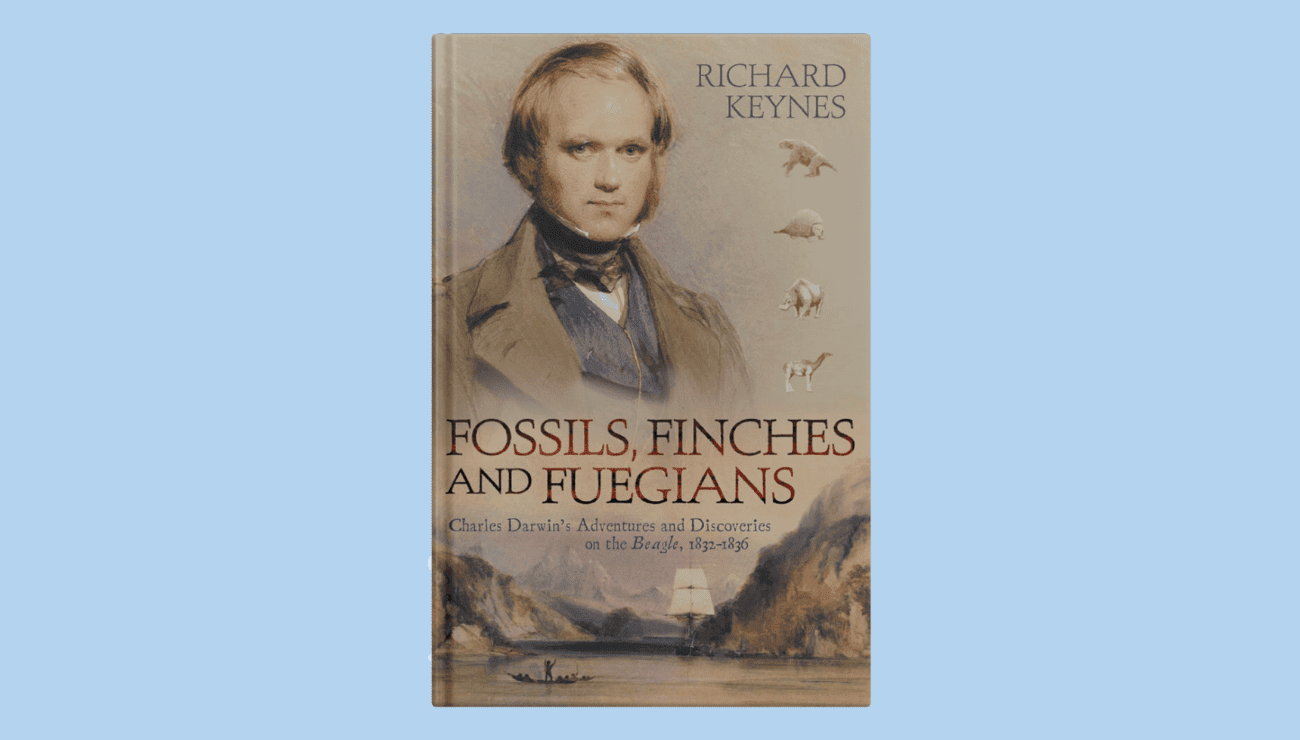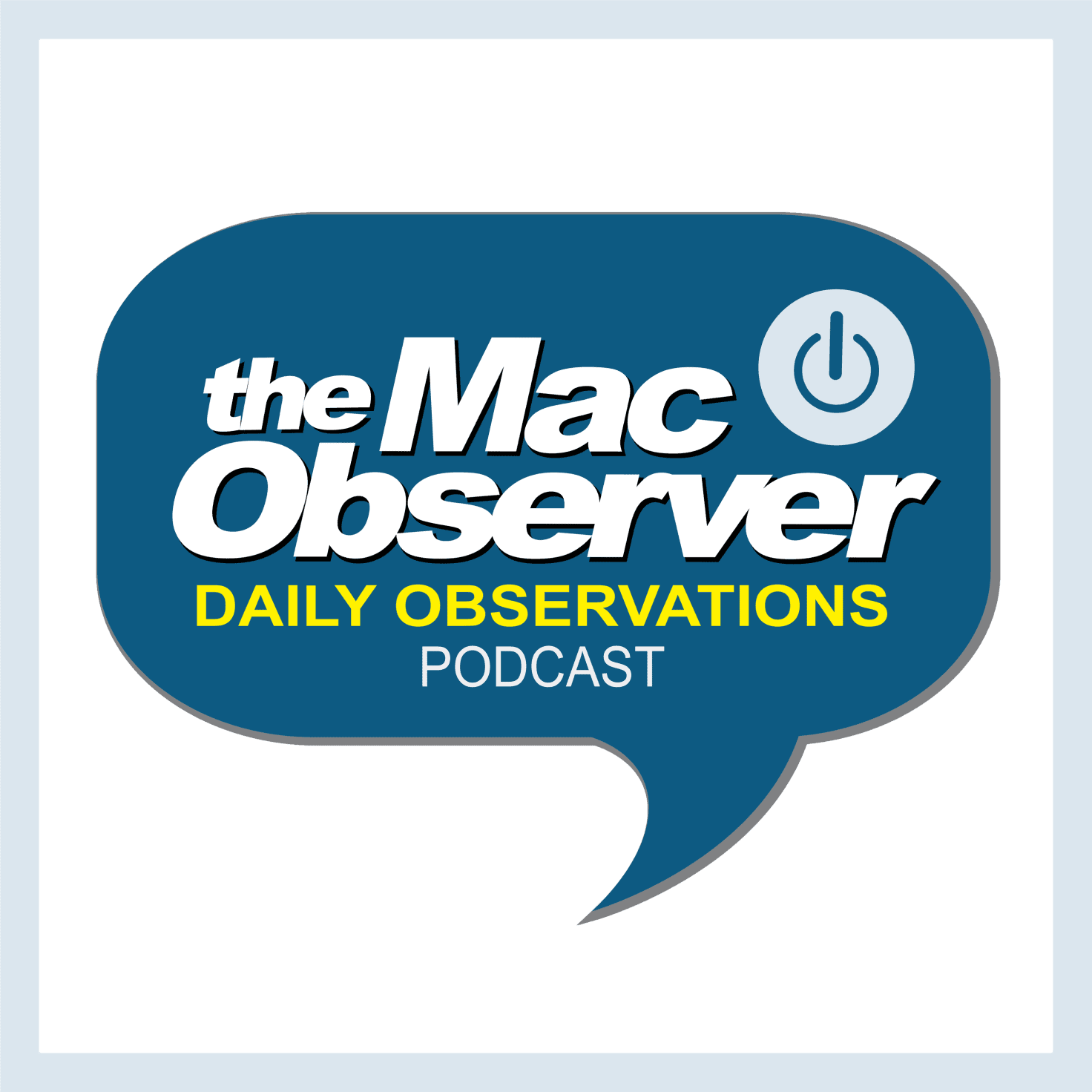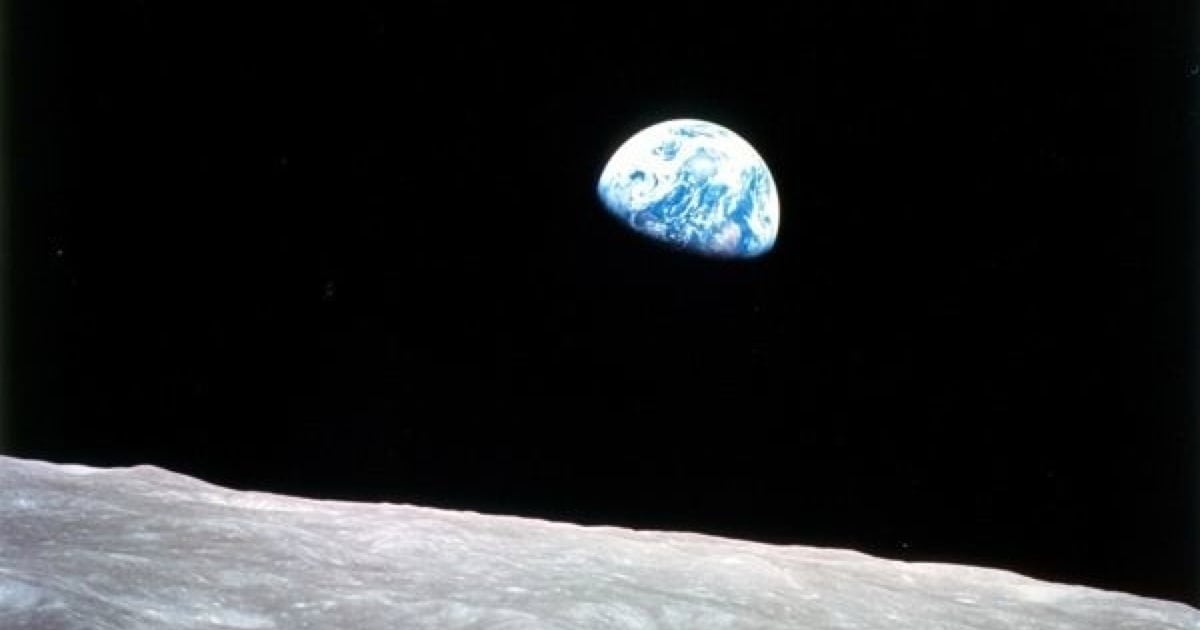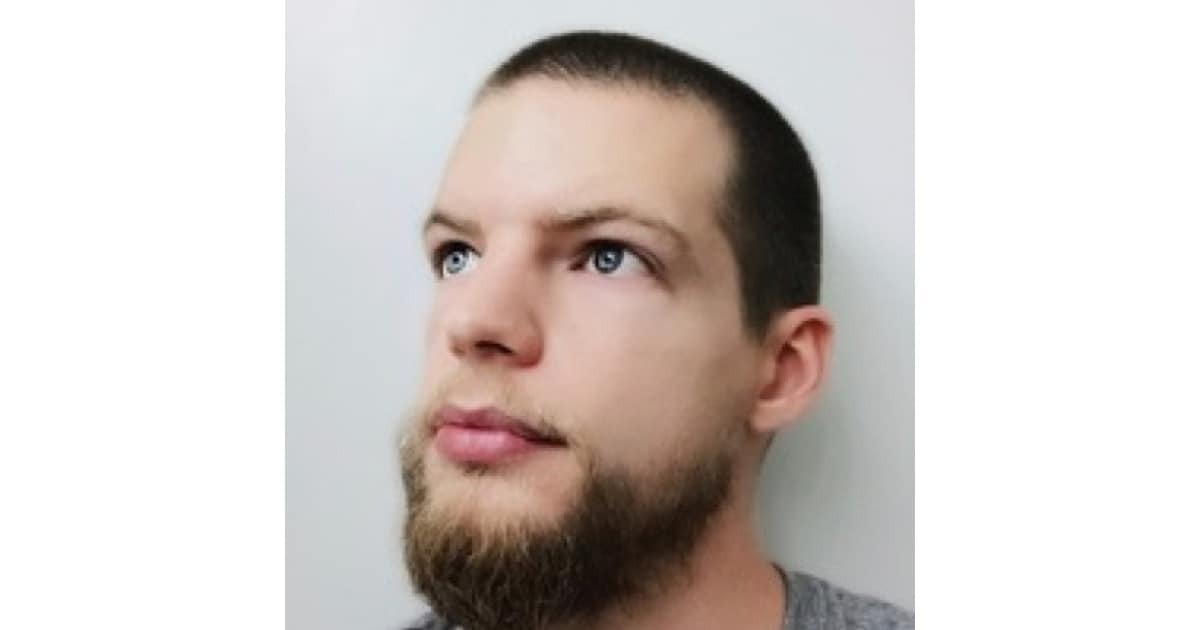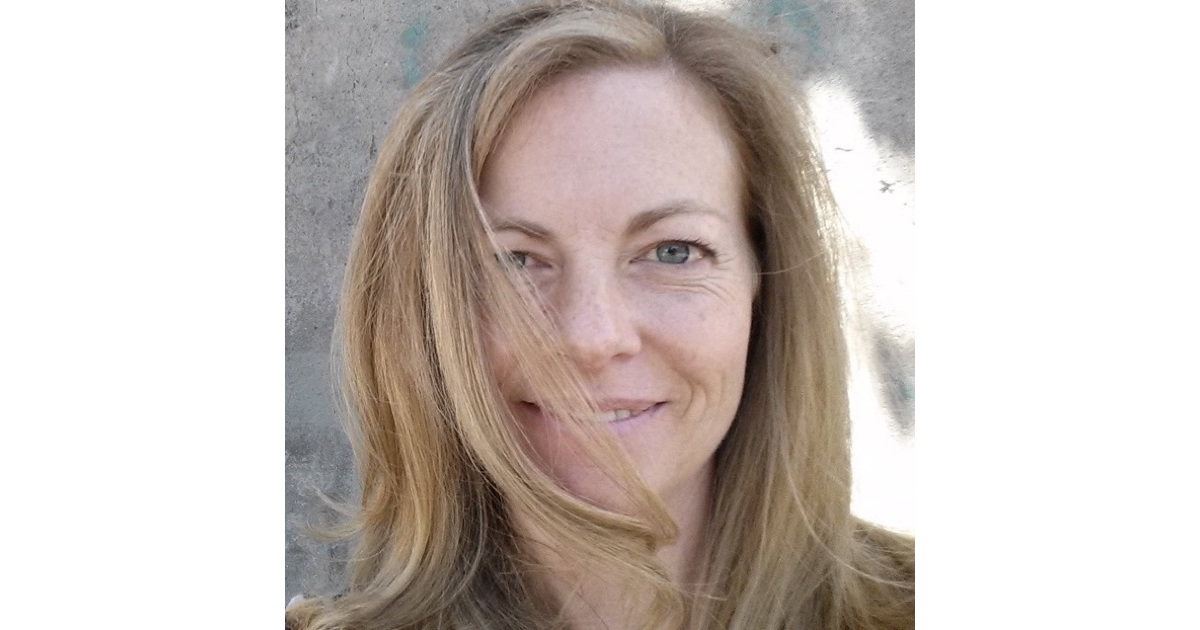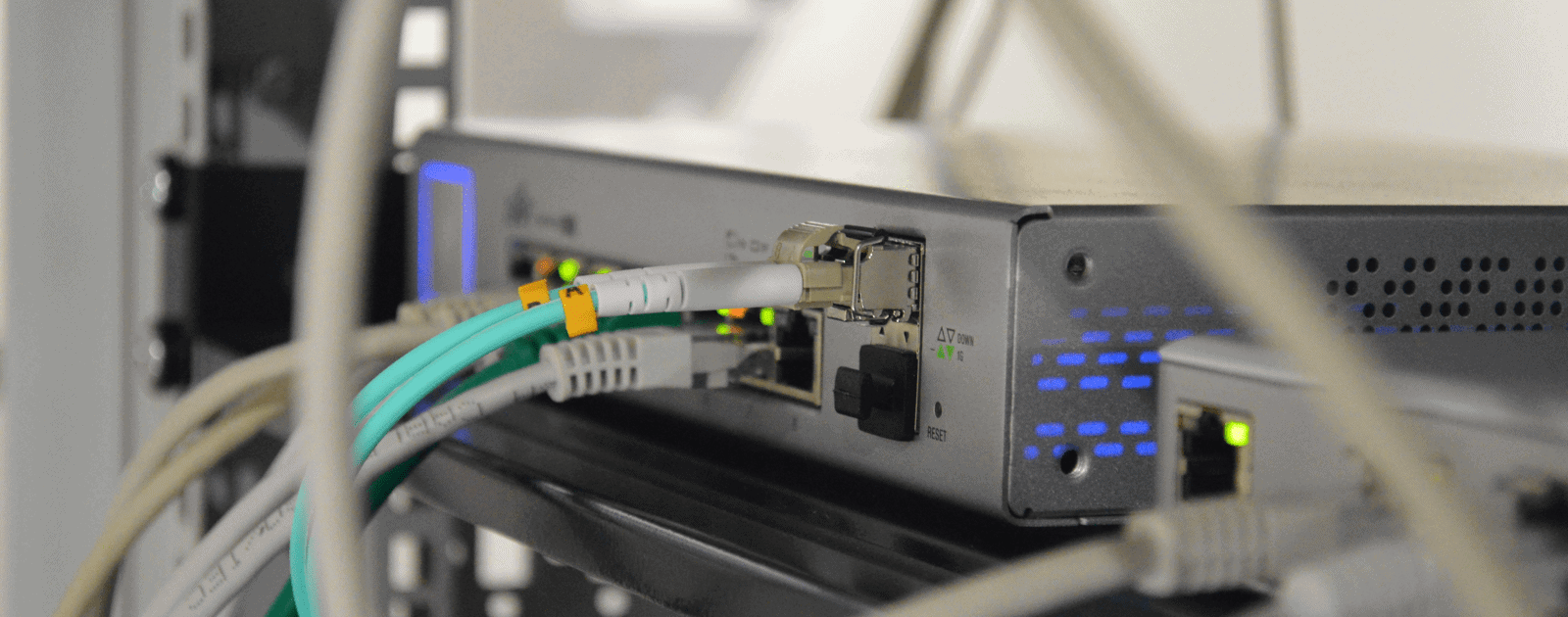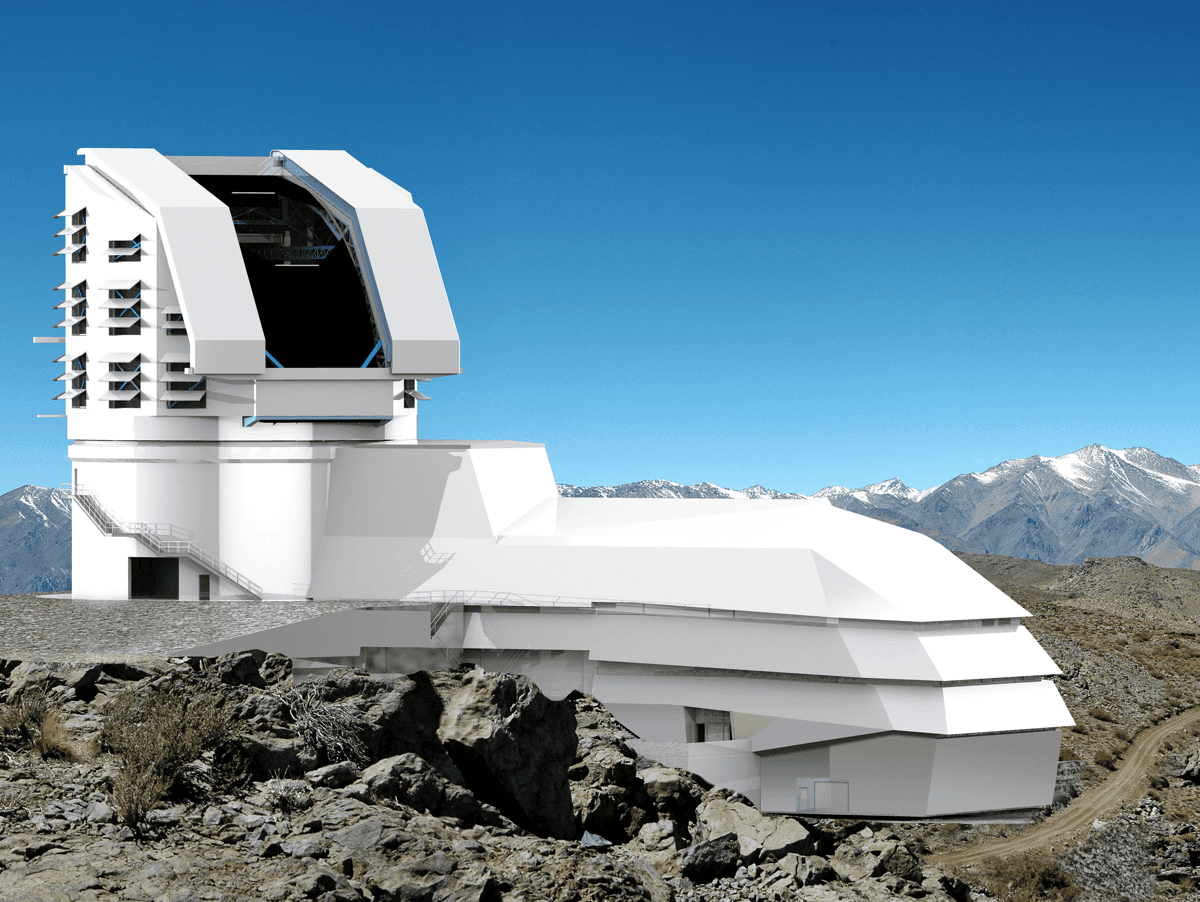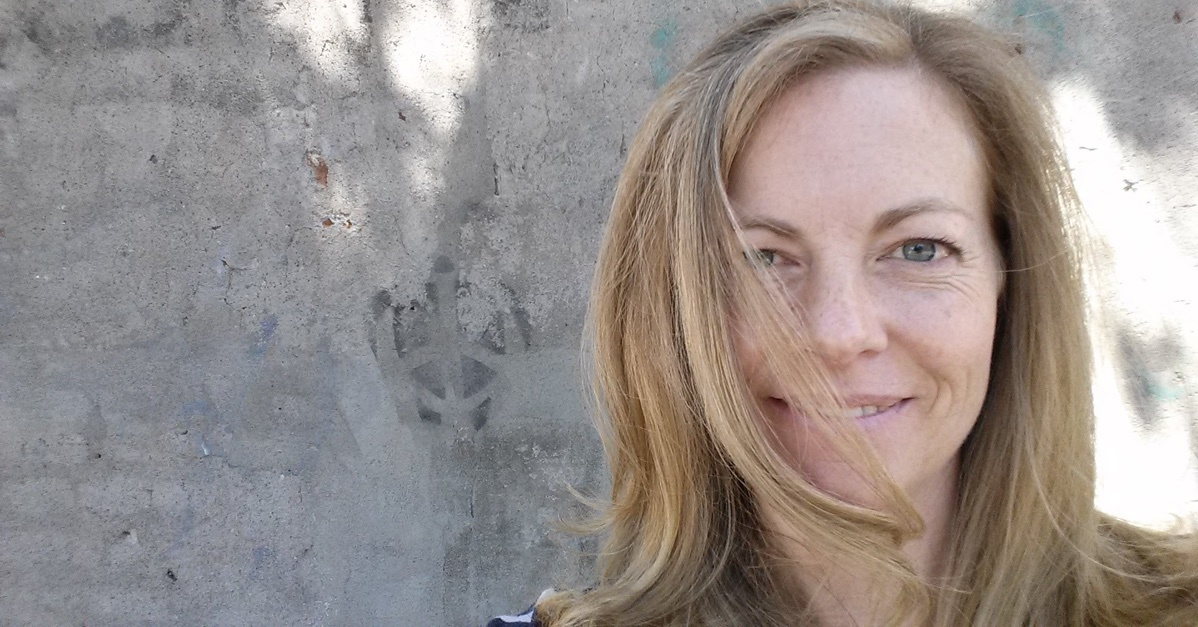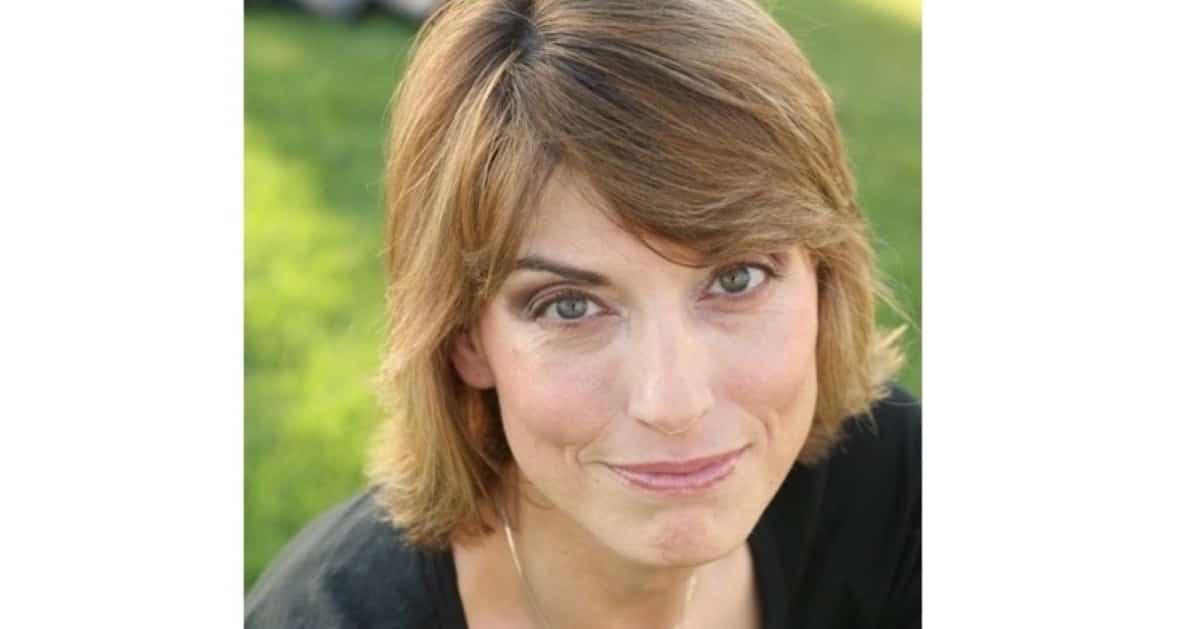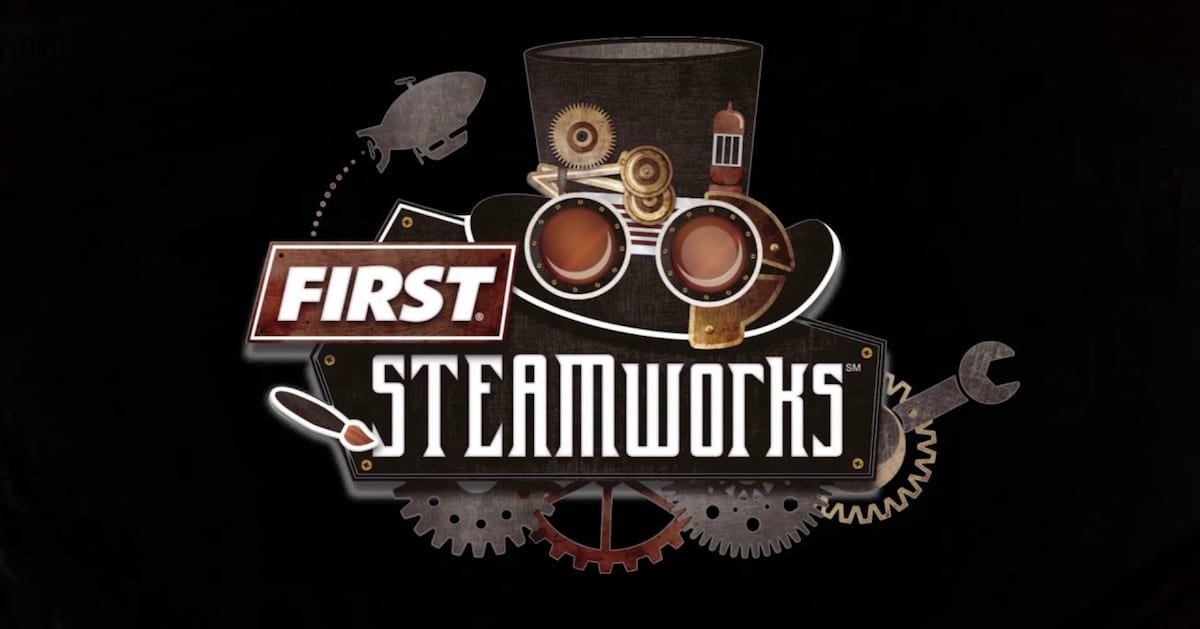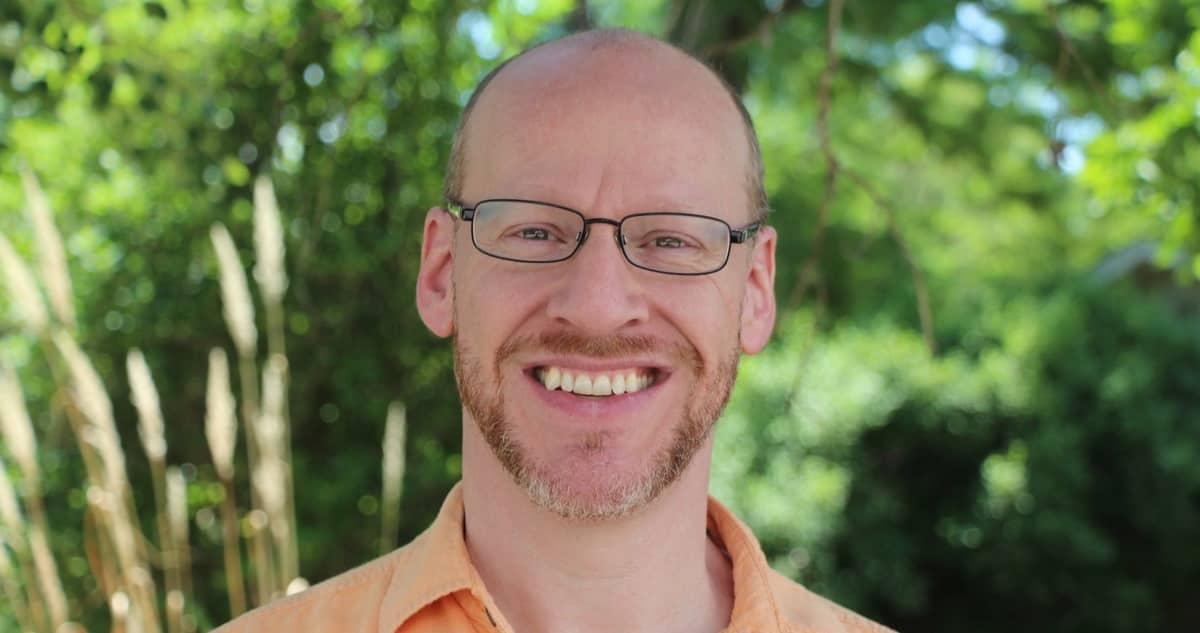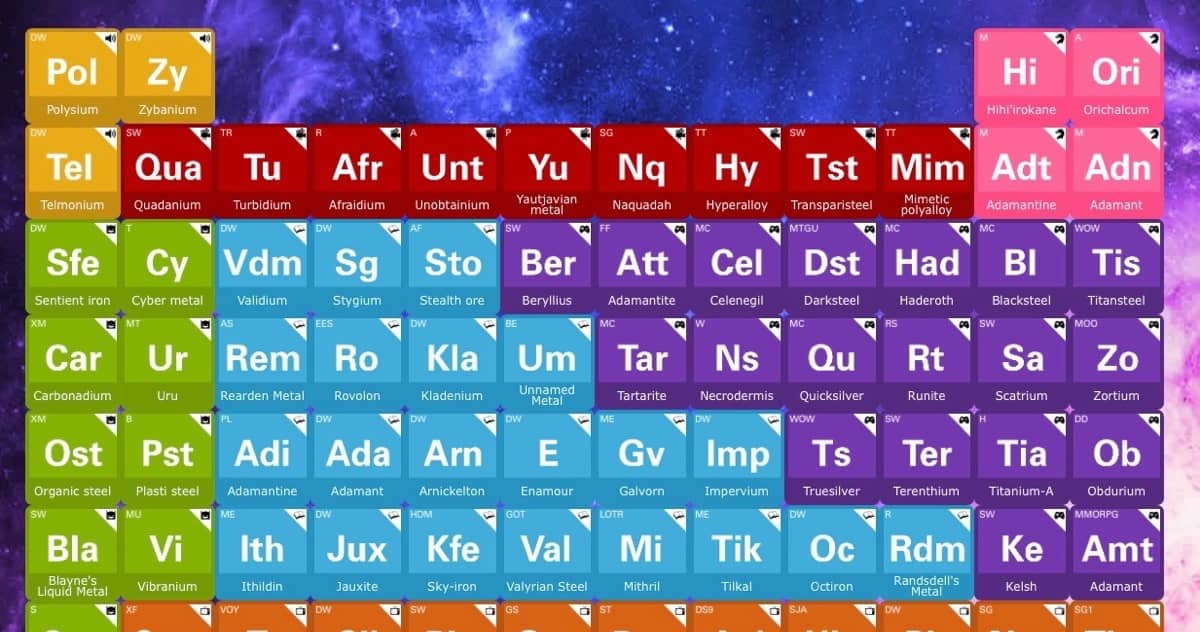Fossils, Finches, and Fuegians is a narrative account of Charles Darwin’s four year voyage on the Beagle to South America, Australia and the Pacific in the 1830s that combines the adventure and excitement of Alan Moorehead’s famous (and now out of print) account with an expert assessment of the scientific discoveries of that journey. The author is Charles Darwin’s great-grandson. No biography of Darwin has yet done justice to what the scientific research actually was that occupied Darwin during the voyage. Keynes shows exactly how Darwin’s geological researches and his observations on natural history sowed the seeds of his revolutionary theory of evolution, and led to the writing of his great works on The Origin of Species and The Descent of Man. Apple Books: US$1.99
Science
Spotting Bad Science, Information Overload – TMO Daily Observations 2019-01-18
Andrew Orr and John Martellaro chat with host Kelly Guimont about how to spot bad science and ways to help verify that claim you read about.
Some Guidelines on how to Spot Bad Science
Recently I wrote a PSA on Wi-Fi and cancer, and a lot of people disagree with me by sending me links to studies and other news that also disagree. That’s fine, but at the same time a lot more effort goes into scientific research than cherry picking Google results. I don’t claim to know better than these studies, but a scientific study needs to be taken into context of the field as a whole. John Oliver had a good segment on studies and how they can be misunderstood. Compound Interest has a rough guide to spotting bad science and red flags to watch out for. I’ve made use of this guide for some time, and I think it’s helpful.
This graphic looks at the different factors that can contribute towards ‘bad’ science – it was inspired by the research I carried out for the recent aluminium chlorohydrate graphic, where many articles linked the compound to causing breast cancer, referencing scientific research which drew questionable conclusions from their results.
10 Influential Science Photos That Changed Us
In a terrific photo collection, Big Think presents “10 science photos that made history and changed minds.” The power of these photos expanded our consciousness, created new conversations, and changed our way of thinking. I particularly like the “Pale Blue Dot” photo, made famous by Dr. Carl Sagan with one of the most poignant commentaries ever made about our planet and its inhabitants. Check out all the photos. (Earthrise photo credit: NASA.)
TMO Background Mode Interview with TMO Contributor Andrew Orr
Andrew is a Contributing Editor at The Mac Observer assigned to the morning news desk. He is also a science and nature lover, with a special interest in botany, as well as an amateur nature photographer.
I asked Andrew about growing up in Michigan and his early interest in writing. He also started using computers when he was young and recalled how had to eradicate a virus from an Windows XP PC at age 13. Later he studied computer security at Bay de Noc Community College, and he attributes his technical writing success to the combination of his writing skill, interest in science, and experience with computers. Andrew told me how he was discovered by The Mac Observer and the tools he uses to collect and report the news each morning.
TMO Background Mode Interview with Climate Scientist Dr. Katharine Hayhoe
Dr. Hayhoe is an atmospheric scientist and professor of political science at Texas Tech University, where she is the director of the Climate Science Center. She is also the CEO of the consulting firm ATMOS Research and Consulting. She received her undergraduate degree in physics and astronomy from the University of Toronto and a masters and Ph.D. in atmospheric science from the University of Illinois at Urbana-Champaign. We started from basics in this chat and defined how science works via observation. Then we delved into the process of climate change research, successful computer models, the significant findings of climate science and whether some changes are exponential rather than linear. Finally, Dr. Hayhoe filled us in on some great resources for further reading.
Apple Donates Apple Watches to Binge Eating Study
Apple is donating a thousand Apple Watches to a binge eating study. The University of North Carolina’s medical school will start this study.
TMO Background Mode Encore #5 Interview with Science Communicator Dr. Kiki Sanford
Dr. Kiki Sanford makes her fifth appearance on Background Mode. Kiki is a neurophysiologist with a Ph.D. from the University of California. She’s a popular science communicator and creator of This Week in Science (TWIS) podcast and radio show. In this episode, we chat about some some recent topics discussed on TWIS that fascinated me. 1) Yale roboticists have developed skins with embedded actuators that can turn just about anything into robots. 2) A 127 million year old fossil was discovered in China that fills in another gap in the story of how dinosaurs became birds. 3) The new NASA exoplanet search mission, Transiting Exoplanet Survey Satellite (TESS), is operational. We talk about its mission and how it compares to the Kepler spacecraft. This is just a sample; we covered much more cool science stuff.
How to Break Spaghetti in Half Like a Physicist
In 2005, scientists confirmed that dry spaghetti noodles never break cleanly in half. Instead they tend to split into three or more pieces. If you’ve ever cooked spaghetti you’re probably familiar with having little bits explode all over the kitchen. But it turns out that there is a way to break spaghetti cleanly in half. Famous physicist Richard Feynman once spent a night with a friend snapping pasta to figure out what was happening. He never solved it, but it inspired French researchers to try, which earned them a 2006 igNobel prize. The secret? Twist the noodles hard like you’re wringing out a washcloth. To understand why, they used a high speed camera that recorded the shattering pasta at a million frames per second. The twist prevented the two bent strands flexing back quite as forcefully as an untwisted strand, and the untwisting motion released some of the stored energy in the spaghetti, further reducing the likelihood of a second fracture.
DNA Encryption Could Someday be a Requirement
To protect our genetic code, DNA encryption might someday become a reality.
Scientists Just Routed The Entire Internet Through One Optical Cable
It maxed out at a mind-boggling data transfer rate of 661Tbps (terabits per second).
New LSST Telescope Will Search for Asteroids on Collision Courses
An international team of hundreds of scientists is finishing construction of the LSST telescope, or Large Synoptic Survey Telescope. It will search for asteroids that are on a collision course with Earth. Despite our best technology it’s difficult to detect asteroids, let alone asteroids that are speeding toward our planet. The reason is that asteroids are dark; they don’t give off visible light and are hard to detect in the blackness of space.
With significant funding from the U.S. National Science Foundation, LSST will search for PHAs during its 10-year mission by observing the same area of sky at hourly intervals searching for objects that have changed position. Anything that moves in just one hour has to be so close that it is within our solar system.
The Search for Dark Matter at -2,000 Meters
Dark Matter is believed to account for 80% of the mass of the universe. Whatever it is, it interacts gravitationally with normal matter, but is otherwise very hard to detect. At this underground laboratory, SNOLAB, in Canada, 2,000 meters below sea level (6,800 ft), scientists are searching for neutrinos as well evidence of Dark Matter in our part of the galaxy. Two kilometers of solid rock above protects the lab from all but what they search for. Welcome to their office.
TMO Background Mode Encore #4 Interview with Science Communicator Dr. Kiki Sanford
Dr. Kiki Sanford is a neurophysiologist, a popular science communicator and creator of This Week in Science (TWIS) podcast and radio show. This is her fourth appearance here. In this episode, we chat about some some very interesting recent topics on TWIS. 1) Researchers showed that mini human brains implanted into mouse brains survived and functionally integrated into the host tissue. 2) Magnetoreception in birds is possible thanks to a protein in their eyes. They may actually have a heads-up display in their eyes for the Earth’s magnetic field. 3) Amazon’s announcement of its Vesta family robot project. 4) A new, non-invasive patch is being developed to allow diabetics to monitor their gluscose levels. Kiki has a special way of inspiring us to learn about science, so don’t miss BGM’s most popular guest.
TMO Background Mode Interview with Science Writer and Editor Jennifer Ouellette
Jennifer Ouellette is a freelance science writer, editor and book author. Her work has appeared in Physics World, Discover, New Scientist, Physics Today, Salon and Nature. In 2010, she published the book “The Calculus Diaries: How Math Can Help You Lose Weight, Win in Vegas, and Survive a Zombie Apocalypse.” With a degree in English literature, Jennifer didn’t start out intending to be a science writer. But thanks to serendipity, she landed her first job with the American Physical Society who discovered she could write really well. The thinking was that it would be easier to teach her physics than teach physicists how to write! It opened her eyes to the field. So how does one become a famous science writer? Jennifer tells a great story.
A Robotics Competition You Should Totally Check Out
If you love robots, there are a bunch of robotics competitions happening across the United States right now. Jeff Butts has all of the details about this steamworks-themed event pitting high school students against the clock and their opponents.
TMO Background Mode Interview with Astronomer & Science Communicator Dr. Phil Plait
Dr. Phil Plait is an astronomer and a very popular science communicator. His blog, Bad Astronomy, “covers the entire universe, from subatomic particles to the Big Bang itself, astronomy, space exploration, and the effect of politics on science.” Like many young astronomers, Phil’s interest in astronomy ignited when he first saw Saturn and its rings through a telescope. He earned his Ph.D. working on the study of supernovae with the Hubble Space Telescope. We chatted about his career, his enduring work in amateur astronomy with his telescope, his love for science communication, why people who don’t believe in the Apollo moon landings are wrong, the study of a potentially dangerous asteroid or comet collision with Earth, how climate change is affecting us, and the recent discovery of a nearby solar system with Earth-like planets.
NASA Offers Free Code In New Software Catalog
Every year since 2014, NASA has published a software catalog, On Wednesday NASA released a software catalog with over 1,000 free code samples. The free code is divided into 15 categories like robotics, aeronautics, climate simulators, biological sensors and guidance systems. Although the code is free, some restrictions may apply. For some, any U.S. citizen can apply to use it. Others can only be used by other federal agencies. And there is even some open-source code in the catalog. Open-source code can be directly downloaded, but most others require you to create an account, or in some cases sign a government contract or a usage agreement. If you’re in the sciences or like to tinker at home, be sure to check out this year’s NASA catalog.
A Periodic Table of Fictional Metals and Alloys
You’ve heard of Duranium, Tritanium and Gold-pressed Latinum, right? These are fictional metals from Star Trek lore. But did you know a Periodic Table of all the elements and alloys mentioned across all fiction has been compiled? It includes all the magical substances from TV, the movies, comics, games, mythology and more. Of course, there’s no chemistry in this table. Instead, it’s a beautifully presented and organized database. Just click on any item to see its origin. For example, click on Dur to discover that “Duranium makes up the outer hull of Starfleet’s NX-class starships.” This table is just amazing to behold.
